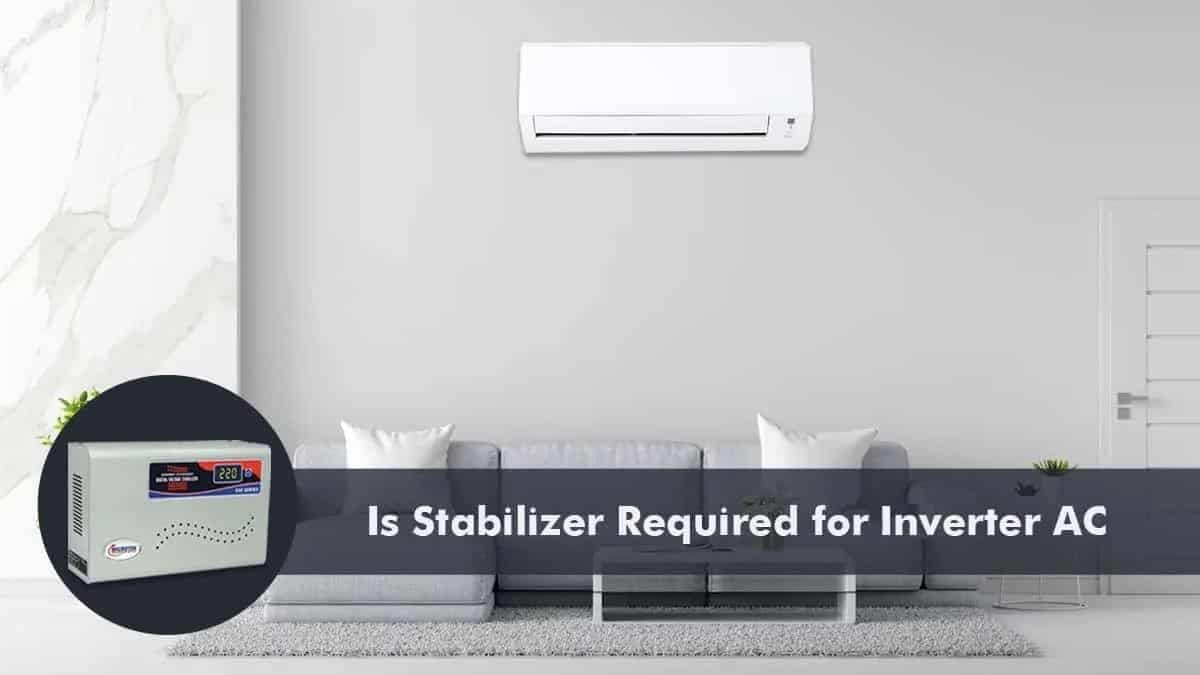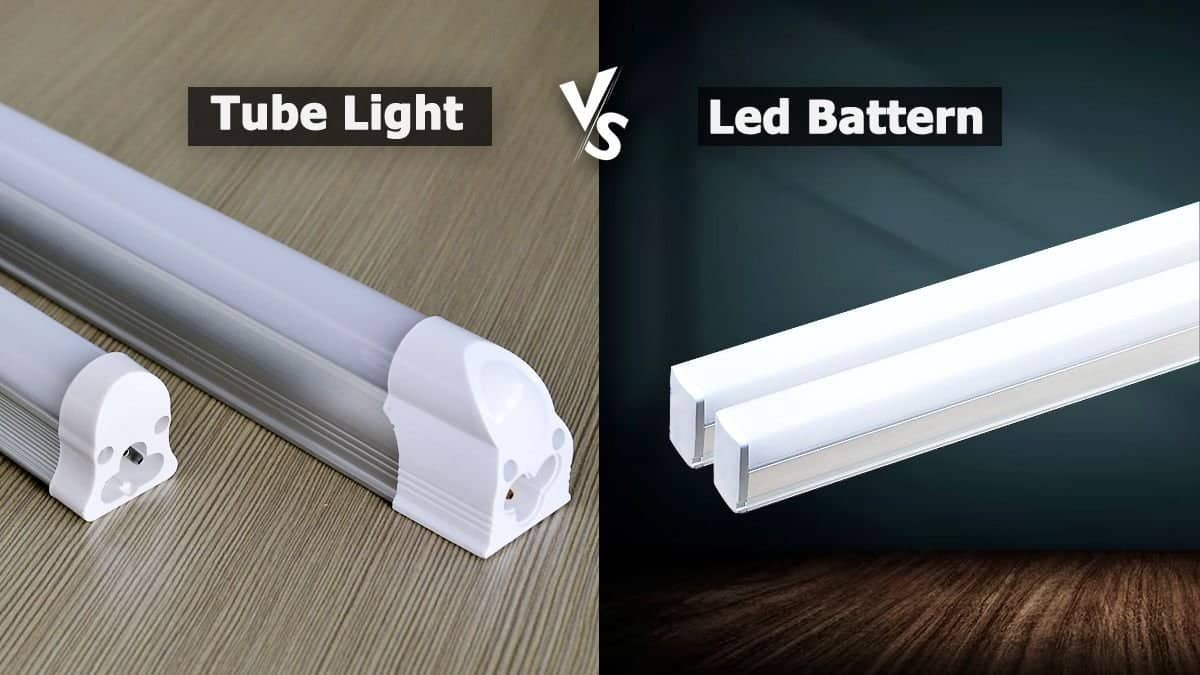The quest for effective cooling solutions becomes paramount as the scorching summer sun beats down. Among the myriad options available, air coolers stand out as popular choices for their energy efficiency and affordability. However, the choice between a blower and a fan can be perplexing within the realm of air coolers. In this article, we delve into the mechanics of blower vs fan air coolers, compare their performance, and help you decide which one might be better for your cooling needs.
Table of Contents
How does an air blower work?
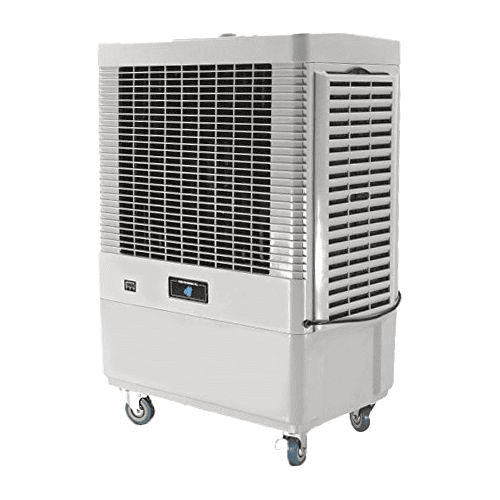
Delving into the fundamental workings of an air blower unravels the intricacies that make it a distinct player in the realm of cooling solutions. Unlike traditional fans, blowers adopt a unique operational principle, which is crucial to comprehend when evaluating their efficiency in the cooling process.
At the heart of an air blower lies a sophisticated mechanism that sets it apart—a motor-driven rotor or impeller. This pivotal component initiates the airflow process that distinguishes blowers from conventional fans. As the motor powers the impeller, a kinetic energy transfer occurs, imparting velocity to the surrounding air.
The distinctive feature of blowers lies in their ability to channel this accelerated air through a specific opening, creating a focused and directed airflow. This mechanism starkly contrasts the traditional fans’ approach, which draws air from the front and disperses it in a broader pattern. Blowers’ concentrated stream is key to their efficacy in spot cooling and targeted applications.
The process begins with the motor activating the impeller, which, in turn, propels the air with a heightened velocity. This accelerated air is channelled through a carefully designed opening, creating a powerful and directed stream. The focused nature of this airflow allows blowers to excel in scenarios where precision cooling is paramount—whether directed towards a specific area or an individual.
Moreover, the controlled and directed airflow produced by blowers proves advantageous in scenarios where conventional fans might fall short. In industrial settings, for instance, where cooling needs are often specialised and concentrated, blowers find their niche. Whether it’s cooling machinery, dissipating heat from specific components, or ensuring optimal conditions for a targeted process, the focused airflow of blowers becomes an indispensable asset.
The efficiency of blowers in cooling applications also stems from their ability to overcome resistance more effectively. The directed airflow encounters less impedance, ensuring the cooling effect reaches its intended destination with minimal dissipation. This characteristic makes blowers ideal for scenarios where the cooling medium must traverse through ducts or other confined spaces.
In contrast to traditional fans that provide a more general cooling effect dispersed over a larger area, blowers shine in applications where precision and intensity are prerequisites. This makes them particularly suitable for air coolers designed to deliver spot cooling or specialised industrial settings where targeted temperature control is crucial.
However, it’s essential to note that the advantages of blowers come with certain considerations. The focused airflow generated by blowers may result in a more concentrated operational noise than traditional fans. Therefore, in environments where noise levels are critical, such as residential spaces or offices, the noise aspect should be weighed against the benefits of the directed airflow.
The fundamental workings of an air blower, driven by a motorised impeller, define its efficiency in cooling applications. Blowers’ focused and directed airflow makes them stand out in scenarios where precision cooling is essential. Understanding this unique operational principle enables consumers to make informed choices, aligning their cooling needs with the capabilities of blowers for optimal and effective results.
Fan Draws Air From Behind
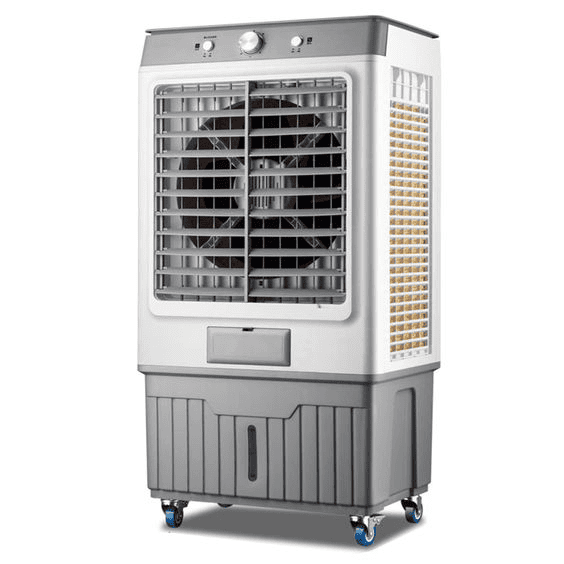
Fans play a pivotal role in the functionality of air coolers, and understanding their mechanics is crucial for making informed decisions when choosing between different types of fans, particularly axial fans commonly found in air cooling systems.
At the heart of an axial fan lies a set of blades arranged in a propeller-like fashion, a design that defines its airflow dynamics. Unlike other fans, axial fans draw air from behind and propel it forward, creating a unidirectional airflow. This design is particularly effective for applications with a desirable broad and dispersed airflow.
The orientation of the blades is instrumental in the axial fan’s ability to draw air from behind and push it in the same direction as the rotation of the blades. The blades are angled to catch and accelerate air, creating a low-pressure zone behind the fan. Nature abhors a vacuum, so air from the surrounding environment is drawn into this low-pressure zone. This ingested air is then propelled forward, generating the cooling effect associated with fans.
The unidirectional airflow created by axial fans is well-suited for cooling applications where the goal is circulating air throughout a space. In the context of air coolers, these fans are strategically positioned to draw warm air into the unit, where it passes over water-soaked cooling pads. As the air passes through the wet pads, the water evaporates, absorbing heat from the air and lowering its temperature. The now-cooled air is propelled into the living space, providing a refreshing and comfortable atmosphere.
The dispersed airflow generated by axial fans offers several advantages. Firstly, it ensures that a larger area is covered, making axial fan-based air coolers effective for cooling entire rooms. This is especially beneficial in spaces where a consistent and even cool air distribution is desired. Secondly, the dispersed airflow helps maintain a relatively uniform temperature throughout the room, reducing the likelihood of hot spots.
However, it’s essential to note that this dispersed airflow has certain trade-offs. While axial fans excel in providing overall room cooling, they may not be as effective in scenarios where targeted or spot cooling is required. The broad air distribution might not be optimal for cooling specific areas or individuals, a scenario where blowers, with their focused and directed airflow, could have an advantage.
Regarding noise production, axial fans generally tend to be quieter than certain types of blowers. The dispersed airflow, coupled with the design of the fan blades, contributes to a smoother and less turbulent air movement, resulting in a more subdued operational noise. This can be crucial, especially when a quieter cooling solution is preferred.
Axial fans, with their characteristic design and unidirectional airflow, are a fundamental component of air coolers. Their ability to create a dispersed and even airflow makes them well-suited for overall room cooling. However, the choice between axial fans and other fans or blowers ultimately depends on specific cooling requirements, room size, noise considerations, and whether targeted or spot cooling is a priority. As consumers navigate the array of air coolers available in the market, understanding the intricacies of fan design becomes instrumental in selecting a cooling solution that aligns seamlessly with individual preferences and needs.
Blower vs Fan Air Coolers (Comparison)
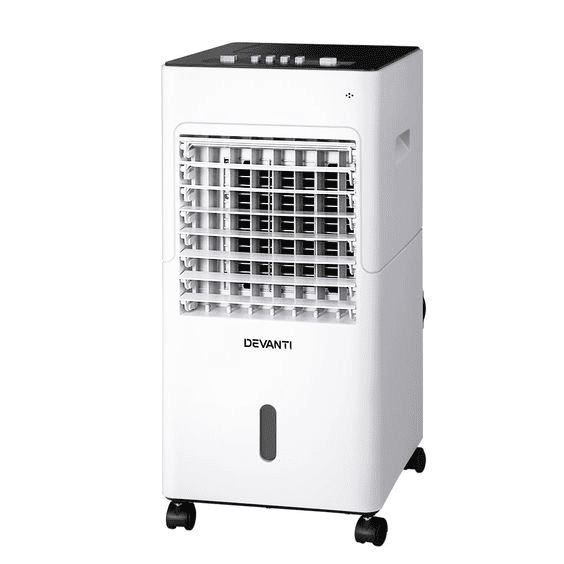
Airflow Direction:
- Fans draw air from behind and create a widespread airflow, covering a larger area.
- Blowers, on the other hand, generate a focused and directional airflow, ideal for spot cooling.
Cooling Efficiency:
- Fans are generally better at providing overall room cooling due to their ability to circulate air more broadly.
- Blowers excel in delivering targeted cooling, making them suitable for specific areas or individuals.
Noise Levels:
- Fans, especially axial fans, may produce less noise than blowers as they distribute air over a larger surface area.
- Blowlers, due to their concentrated airflow, might generate more noise but could be preferred in scenarios where noise is not a significant concern.
Energy Consumption:
- Fans are typically energy-efficient, drawing less power to circulate air throughout a room.
- Blowlers might consume slightly more energy, especially when operating at higher speeds, as they focus on creating a directed airflow.
Portability and Size:
- Fans are often more compact and lightweight, making them easier to move and position in different room areas.
- Blowlers, depending on their design, maybe bulkier and less portable, limiting their flexibility in terms of placement.
| Factors | Fan | Blower |
| Used In | Desert Cooler | Personal/Room/Tower Cooler |
| Pressure Ratio | <1.1 | 1.1-1.2 |
| Air Flow | Entire Area | Specific Area |
| Ideal For | Big Room | Smaller Room |
Which is the best: blower vs fan air cooler?

The choice between a blower and a fan in an air cooler ultimately depends on your specific cooling requirements and preferences.
Choose a fan if:
- You prioritise overall room cooling.
- Portability and ease of movement are essential.
- Noise levels are a significant consideration.
- Energy efficiency is a top priority.
Opt for a blower if:
- Targeted or spot cooling is your primary need.
- Noise levels are not a significant concern.
- You prefer a more compact and focused cooling solution.
- Energy consumption is a secondary consideration.
Our Top Picks for Blower Coolers:
HAVAI Desert Tower Cooler with Blower, 22 L

HAVAI Garnet Window Cooler with Powerful Blower – 50 L

Bajaj Frio 23L Personal Air Cooler with Honeycomb Pads
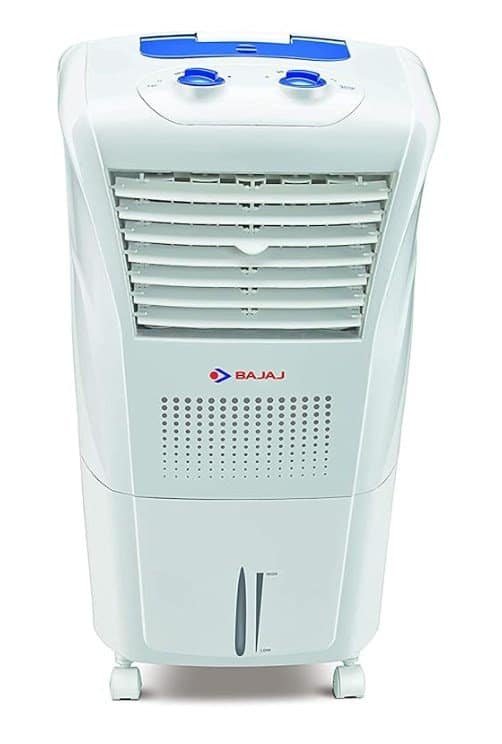
Havells Tuono 22 Litres Personal Air Cooler with Powerful Air-Delivery

FOXSKY Ocean Air Cooler 65-litres
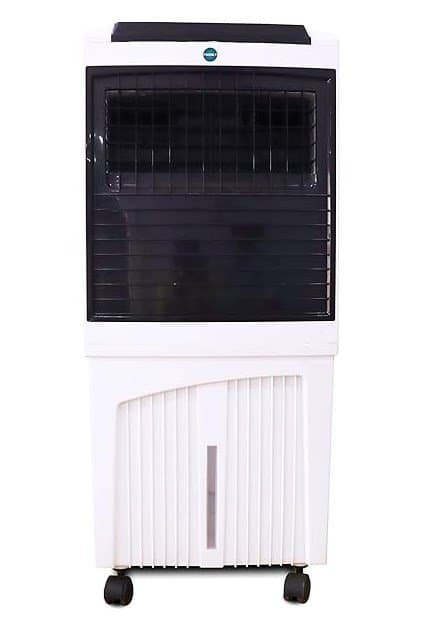
Our Top Picks for Fan Coolers:
Bajaj PMH 25 DLX 24L Personal Air Cooler
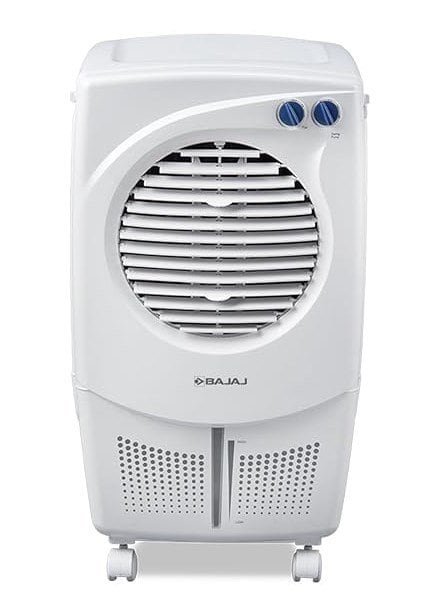
Symphony Storm 70 XL Desert Air Cooler for Home

Bajaj PX 97 TORQUE (HC) 36L Personal Air Cooler

Voltas Air Cooler Windsor 85
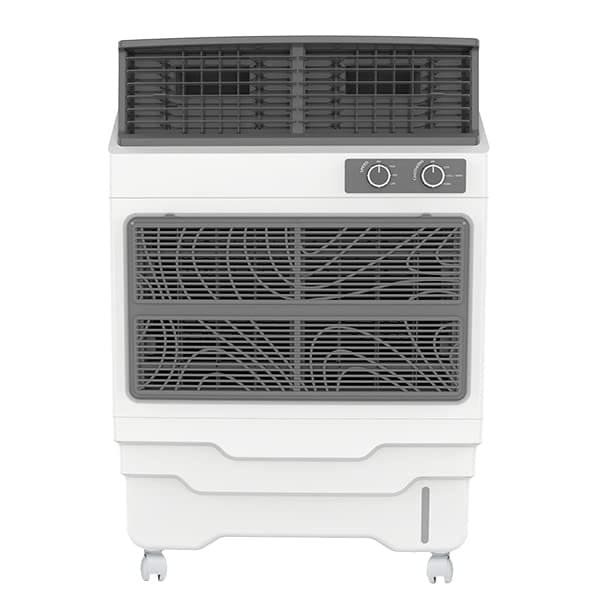
Bajaj Snowvent Tower Fan For Home

Conclusion:
There is no one-size-fits-all answer in the perennial debate of blower vs. fan in air coolers. Your choice should be guided by your cooling priorities, whether overall room cooling, targeted spot cooling, energy efficiency, or noise considerations. Understanding the mechanics and comparative features of blowers and fans is the key to making an informed decision. As the summer heat intensifies, equip yourself with the knowledge to select the air cooler that aligns perfectly with your cooling needs and preferences.
Also Read
- Cooling Your Space: Selecting the Right AC Capacity Based on Room Size
- Comparing Tube Lights vs LED Battens: Which Shines Brighter
- Exploring Air Cooler Types: A Comparison of Desert Cooler vs Room Cooler vs Tower Cooler
Frequently Asked Questions
What is the primary advantage of using an air cooler with a blower instead of a fan?
The primary advantage of using an air cooler with a blower is its ability to provide targeted and focused cooling. Unlike traditional fans, blowers generate a concentrated stream of air, making them ideal for spot-cooling specific areas or individuals. This can be particularly beneficial when precision cooling is a priority, such as in smaller rooms or when you need to direct cool air to a specific location.
Are blowers noisier than fans in air coolers?
Generally, blowers may produce slightly more noise compared to fans. Blowers’ focused and directed airflow can result in a more concentrated operational noise. However, advancements in technology have led to the development of quieter blowers. It’s essential to consider noise levels as a factor in your decision, especially if the air cooler will be used in residential or office settings where a quieter environment is desired.
Can an air cooler with a fan be as effective as a blower in cooling a room?
Yes, an air cooler with a fan can be highly effective in cooling a room. Fans, especially axial fans commonly found in air coolers, draw in air from behind and create a widespread airflow, covering a larger area. This design is well-suited for overall room cooling. However, choosing between a blower and a fan depends on specific cooling needs. A blower might be more suitable if targeted or spot cooling is a priority.
Do blowers or fans consume more energy in air coolers?
The energy consumption of blowers and fans in air coolers can vary based on design and speed settings. Fans tend to be more energy-efficient, drawing less power to circulate air broadly. Blowers may consume slightly more energy, especially at higher speeds, as they focus on creating a directed airflow. When choosing between the two, it’s essential to consider energy efficiency based on your cooling requirements and priorities.

